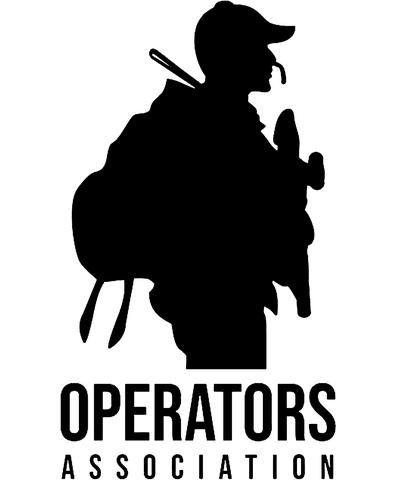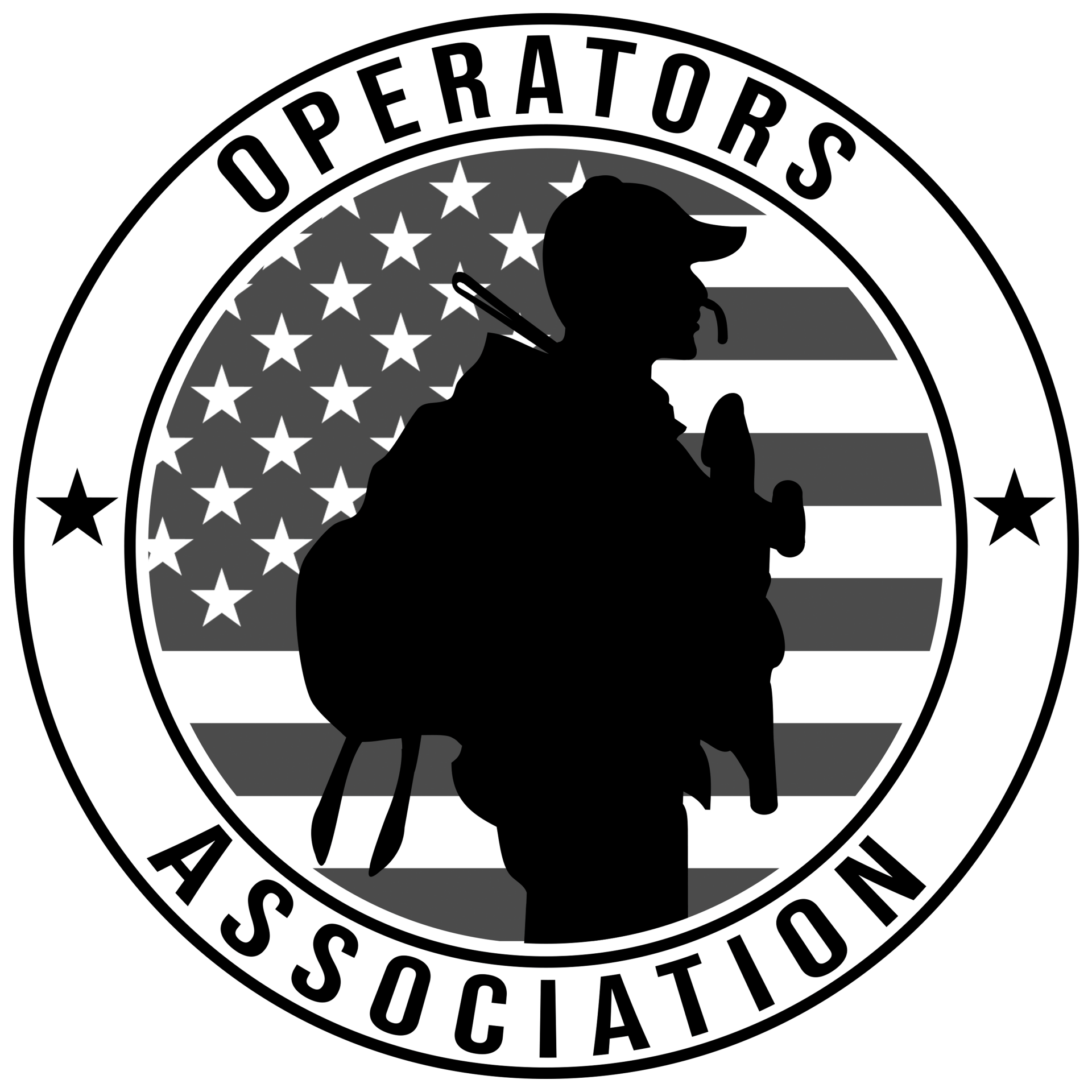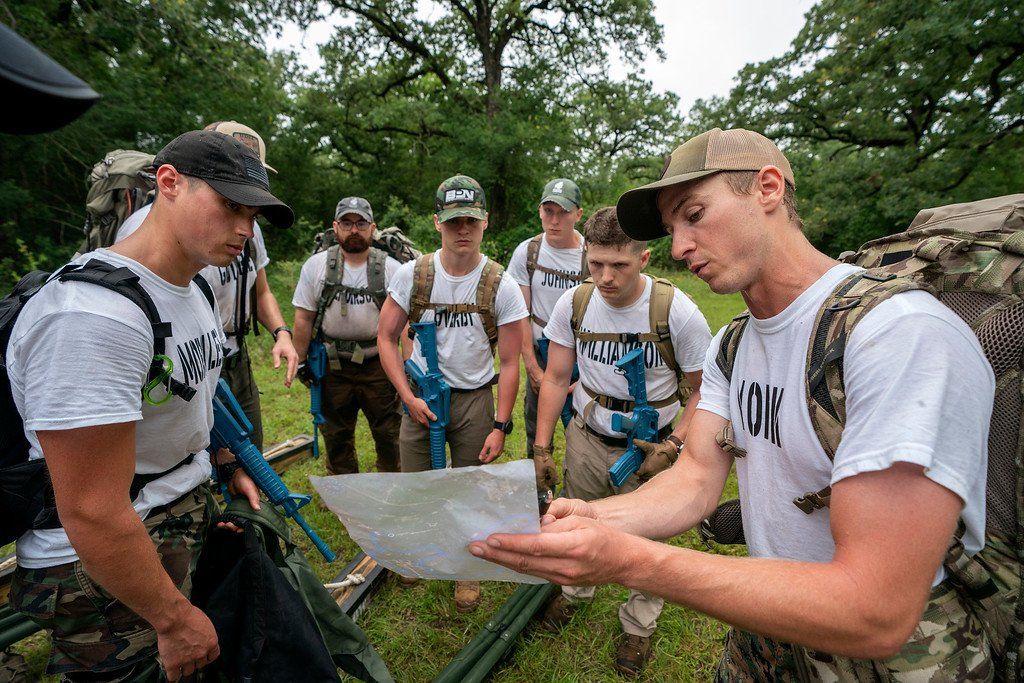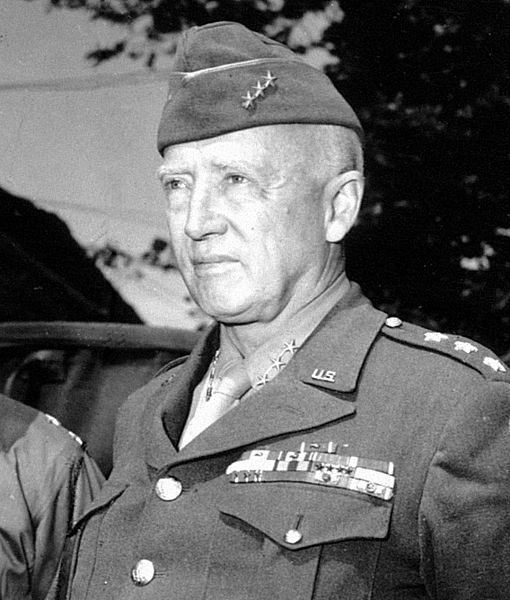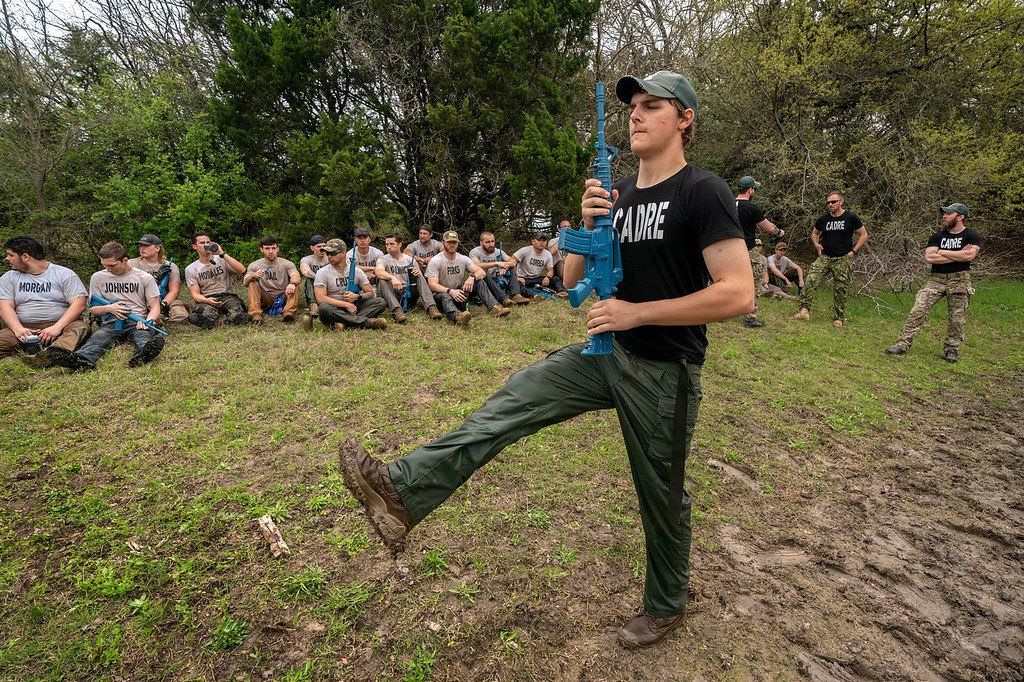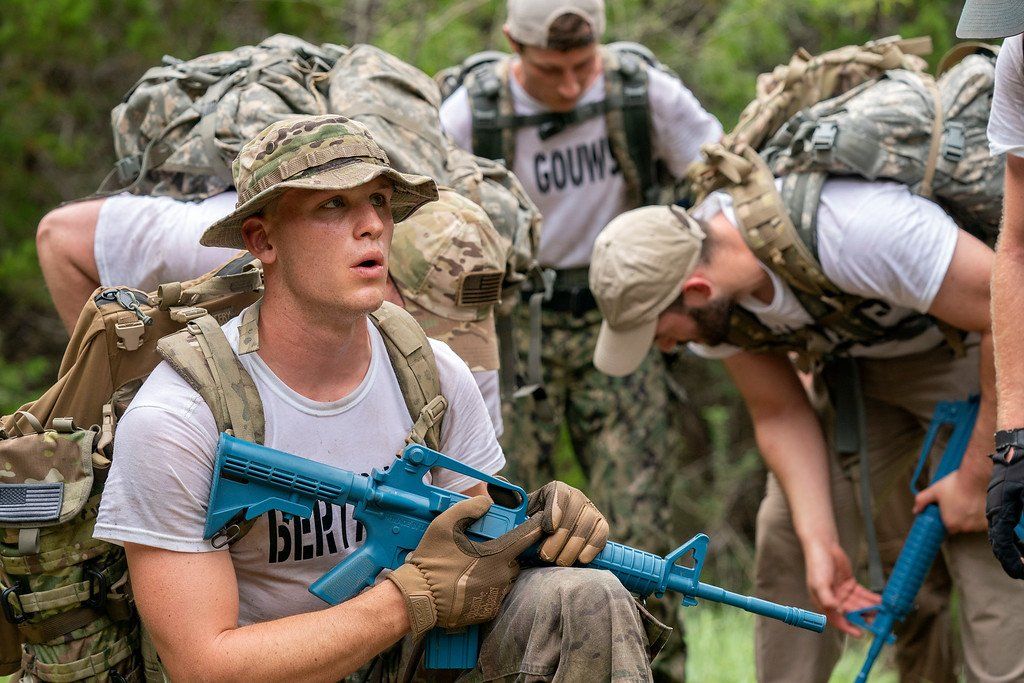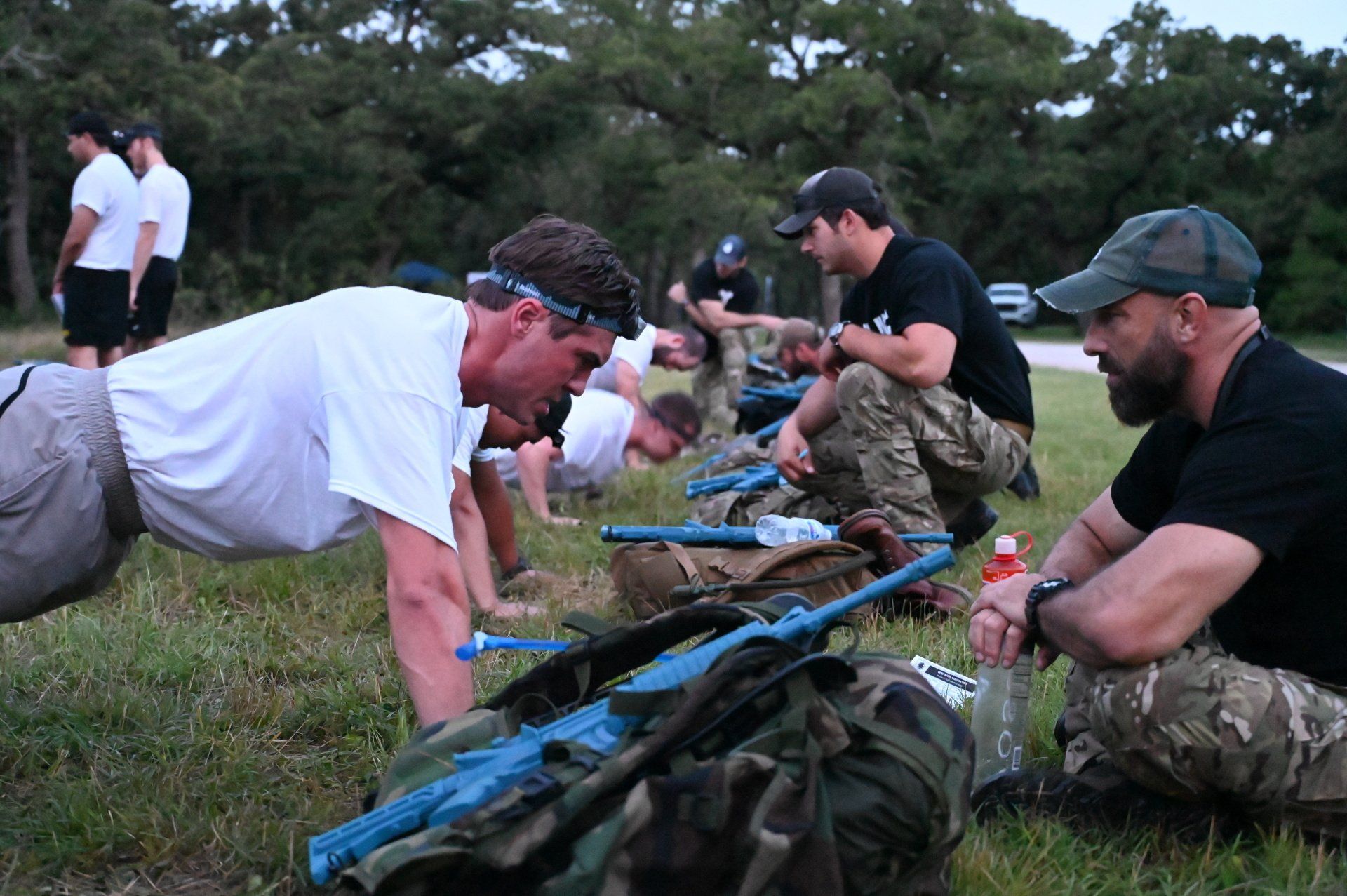How to Recover from Tough Trainings
Sep 27, 2021
Three exercises for getting back into fighting shape.
Training hard and consistently increasing workout intensity is crucial for your progress as an aspiring operator. The harder you push yourself now, the easier it will be to adapt and perform at selection. Unfortunately, regularly putting your body through strenuous training can take a toll on your system. Over time, this physical exhaustion can cause you to become overtrained. Once that happens, you’ll start experiencing symptoms like incessant tiredness, loss of sleep, “heavy” limbs, and an inability to perform at your previous level.
Experiencing consistent performance gains from exercise isn’t just about getting after it with hard training. It’s also about knowing how to properly recover so that you can stay at peak performance and avoid a plateau. In this OA guide, we’ll give you three easy ways to improve your athletic recovery. These methods can be done individually, or you can combine them to supercharge your progress and get back to top performance sooner.
It’s All About Circulation
The human body is a complicated machine. Countless physical factors, immune responses, and biochemical reactions determine how your body feels and performs after hard physical exertion. Luckily, the gist of what you
can do to influence your athletic recovery boils down to one thing: circulation.
Although we went into the details of what causes muscular fatigue in another OA guide: The Science of Stamina, here’s the abridged explanation of how it works. Training makes your muscular tissues develop microscopic tears and release lactic acid. These two factors then combine to cause the painful delayed onset muscle soreness (DOMS).
The solution to DOMS is to increase blood flow to the affected muscles. When you have strong circulation, your blood drains the lactic acid from your muscles. It also provides the tissues with the nutrients they need to heal and mend microtears. In essence, the better you can make your circulation, the faster you’ll recover from your training sessions! That’s what the following three recovery options all have in common: improving blood flow.
Option 1: Hydrotherapy
If you have access to a swimming pool, your first post-training recovery option is hydrotherapy. Water has several properties that make it the ideal recovery aid. It’s significantly denser and more challenging to move through than air – meaning that you can activate your muscles and get the blood flowing without the need for dynamic or straining exercises. The weight and pressure of water also compress your body. Once you’re in the water, you can make your recovery as active or passive as you please. If you’re in pain, simply walking around or floating in the water is an excellent way to improve recovery and relaxation. If you’re feeling strong and active, you can do a light workout from the How to Swim Like a Navy SEAL
OA guide. Whether you’re trying to recuperate from a killer workout or just looking for an active way to spend your rest day, hydrotherapy offers an excellent balance of muscle activation and low-impact movement.
Option 2: Mobility Training
If you’re restricted to dry land, mobility training is one of the simplest and most efficient recovery techniques. Stretching not only boosts the circulation of blood to your muscles but also helps you release cramps and trigger points (commonly known as “knots”) from the muscular tissue. When it comes to planning your mobility training, you can either specifically target the painful muscle areas with stretches or do a more structured workout – like yoga – which hits all of your major muscle groups. Listen to your body and do what you think is right.
Option 3: Shock Your System
If your entire body is in pain from a hard ruck or grueling full-body workout, stretching or pool hydrotherapy might not help all of your muscles recover. If you want full-body recuperation, you need to increase your overall blood flow – not just the circulation of a localized area. The solution? Get your heart rate up.
The best way to instantly boost your HR is by shocking your system with an ice bath or cold shower. The cold temperature shock makes your body immediately increase circulation, causes an immune response that helps you fight disease, and reduces inflammation in your muscles. You can learn more about the benefits of cold showers in our other OA guide, Why You Must Start Taking Cold Showers Immediately.
You can also supercharge this recovery method if you also have access to a hot environment. For example, alternating from an ice bath to a sauna or hot tub (5 minutes in the cold; 3 minutes in the heat)
will give your body repeated shocks – thus multiplying the previously mentioned benefits.
If you apply these three techniques to your athletic recovery, you’ll immediately feel the difference in your performance. Not only will you become more physically effective, but you’ll also be better able to manage overtraining and avoid plateaus. Consistency in training is the key to creating the significant, long-term progress you need to succeed in the special forces. And while post-training soreness can make you miss workouts, so can a lack of discipline. That’s why we created the Operators Association community.
When you become an Aspiring Operator, you get instant access to our weekly accountability group hosted by SOF cadre. Our team will give you the knowledge and accountability you need to stay on the path and achieve your goals. If you want to become an operator, joining the Operators Association is a must. Click here to browse our membership plans
and get started today!
